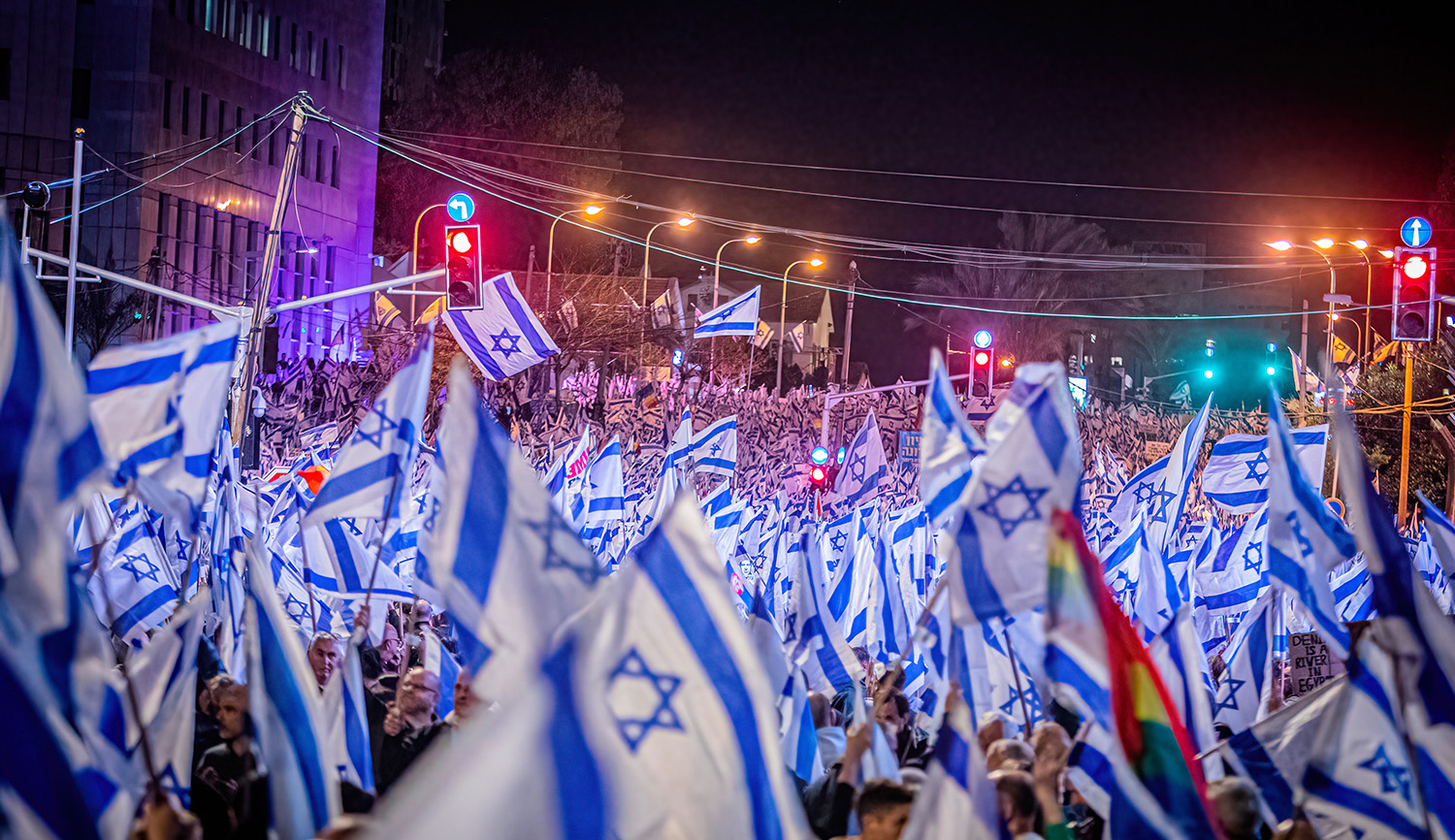According to the classification scheme proposed by G. Brooke Lester, the most common genre in the book of Psalms is what he terms the “lament psalm.” Yet such poems, writes Lester, are not mere complaints but forceful expressions of faith in the face of calamity:
Lament, as a genre of psalm, is not the same as lamentation over the dead. In a lament psalm, a petitioner addresses God directly on the occasion of some calamity. Given God’s history with [His] people, the psalmist is comfortable charging God with “dereliction of duty” and unabashedly urges a favorable response. . . .
[A psalm of] lament usually contains some direct address to God, a complaint describing the occasion for the lament, a petition for redress, some statement of trust concerning God’s proclivity to save and vindicate, and a vow to offer public thanksgiving after God has intervened favorably.
More about: ancient Judaism, Hebrew Bible, Psalms, Religion & Holidays, Theodicy


